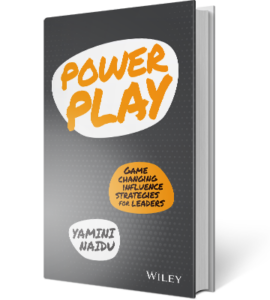Recently, I completed a stand-up comedy course at the School of hard knock knocks (I know!) No plans for a career change, just professional development that feeds into my speaking.
The first thing our instructor said was, ‘All comedy starts with writing.’ You could have heard a pin drop in the room. None of us ever thought that comedy starts with writing! Jerry Seinfeld writes a joke every day. He says that, at the start of every year, he hangs up a large year-at-a-glance calendar on his wall. Every day, when he writes a joke, he marks a red “X” over that day. Eventually, he creates a chain of red Xs. He says the idea is to never break that chain.
Storytelling is no different―it all starts with writing your story down. The trick is to write like you speak so your story isn’t stilted. Writing your story down forces you to think, and disciplines you to keep your story short and stick to a structure (beginning, middle and end). It sounds simple, but is a powerful step that separates amateurs (who try to wing it) from the pros. Also, once you have written your story down, you can then continue to tweak it and make improvements.
The other business storytelling technique that separates the pros from the amateurs is pros use personal stories to land a business message. Personal stories immediately engage a business audience. Yet, for a storyteller, personal stories in business take skill and confidence. It is often challenging to find the right personal story that serves our purpose and our audience. We feel vulnerable when we share personal stories, yet we know instinctively that they pack a punch. Personal stories in business are pressure tests on our risk capacity. They feel risky but, with the right business storytelling training, are not. And, as in life, the greater the risk, the greater the reward. The pros know the power of business storytelling rests with personal stories.
Finally, pros make it all seem so effortless. When they share a story, it is like they are sharing it for the first time ever, even though we know this not to be true. So, what’s their secret? We had the opportunity to interview who we were told was a natural storyteller―John Stewart, then CEO of National Australia Bank. When we asked him, he laughed and replied ‘My most ad-libbed stories have been practiced for hours in front of the mirror.’ Just like in every other field (e.g., sports, music, public speaking, etc.), all pros practice. They practice, and then they practice some more.
So to be a pro at business storytelling: write your stories down, use personal stories and practice.

Power Play
Great leaders are mega influencers, but could their tools of influence be out of date? To influence today, you need more than just the traditional approaches of yell and tell (coercion) and sell (persuasion). With this book, learn new and commercially savvy alternatives that will help you deliver outstanding results in the modern workplace. Influencing others isn’t magic – it’s a skill that you can make work for you.
Recent Posts

The weird provocation the internet is melting over

My tough marker Mum gives this an easy 4.5 stars

Sometimes you need to ask, ‘Am I the drama?’

Did you know art and presenting share a unique goal?

The oldest easy hack in the world

Enough craft, now to the art of presenting
Categories
- Books4
- Business storytelling articles37
- Business storytelling examples50
- Business storytelling techniques93
- Business Storytelling training66
- Case Study5
- Communication4
- Conference Speaker10
- Examples of Story66
- Inspiration39
- Interview with…7
- Latest Posts184
- Life hacks5
- Presentation Skills23
- Speaking24
- Technology3
- Thoughts113
- Uncategorized5
- Workshops2
- Writing3
- X Factor15
